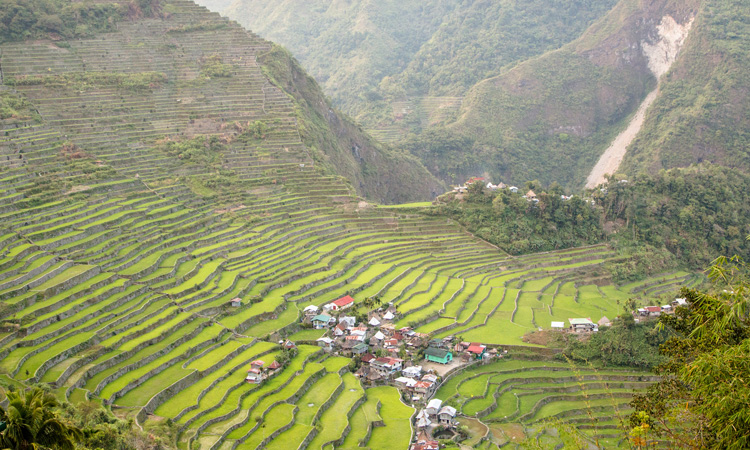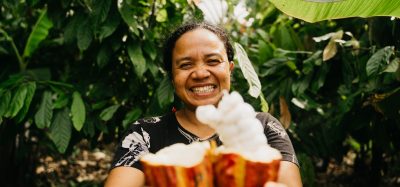GM rice approved in Philippines, but with limited accessibility, says study
- Like
- Digg
- Del
- Tumblr
- VKontakte
- Buffer
- Love This
- Odnoklassniki
- Meneame
- Blogger
- Amazon
- Yahoo Mail
- Gmail
- AOL
- Newsvine
- HackerNews
- Evernote
- MySpace
- Mail.ru
- Viadeo
- Line
- Comments
- Yummly
- SMS
- Viber
- Telegram
- Subscribe
- Skype
- Facebook Messenger
- Kakao
- LiveJournal
- Yammer
- Edgar
- Fintel
- Mix
- Instapaper
- Copy Link
Posted: 10 February 2020 | Ryan Clarke (New Food) | No comments yet
Golden Rice is said to reduce Vitamin A deficiency (VAD), but a new study has suggested that those most at risk of VAD do not have sufficient access to the GM crop.


Heralded as a genetically modified (GM) crop with the potential to save millions of lives, Golden Rice has been approved as safe for human and animal consumption by regulators in the Philippines. The rice is a beta carotene-enriched crop that is intended to reduce Vitamin A deficiency (VAD), a health problem in poor areas.
However, a new study has found that most families at risk for VAD cannot grow Golden Rice themselves, and most commercial farmers will not grow it either.
“Many families with Vitamin A deficient kids do not even have rice land to plant it,” said Glenn Davis Stone, Professor of sociocultural anthropology and environmental studies in Arts & Sciences at Washington University in St. Louis. “And those in the mountains will not plant it because it has been bred into the lowland varieties of rice known as IR-64 and RSC-82.”
The regulatory approval in the Philippines is said to be a landmark for the scientists who developed Golden Rice for nutritional purposes, but even after nearly three decades of development, Golden Rice is still beset by problems, according to Stone.
Golden Rice still has to be approved for commercial sale, and it still needs a company to grow marketable quantities of seed. And even then, Stone argued that there is no clear path for the rice to get to poor children.
Stone’s new study is based on surveys and interviews of more than 115 rice farmers in the Nueva Ecija region, considered part of the ‘rice bowl’ of the Philippines.
Stone and his study co-author Dominic Glover, a rice researcher at the Institute for Development Studies at the University of Sussex, suggested that backers of Golden Rice – and even some economists who have tried to project its health impacts – have made certain flawed assumptions about farmers’ willingness to plant the crop.
“The old claim that Golden Rice was ‘basically ready for use in 2002’ is silly,” Stone and Glover wrote. “As recently as 2017, IRRI made it clear that Golden Rice still had to be ‘successfully developed into rice varieties suitable for Asia, approved by national regulators, and shown to improve vitamin A status in community conditions.’
“The Philippines has managed to cut its childhood VAD rate in half with conventional nutrition programmes. If Golden Rice appears on the market in the Philippines by 2022, it will have taken over 30 years of development to create a product that may not affect vitamin levels in its target population, and that farmers may need to be paid to plant.”
Related topics
Genetic modification (GMO), Health & Nutrition, Regulation & Legislation, Research & development









